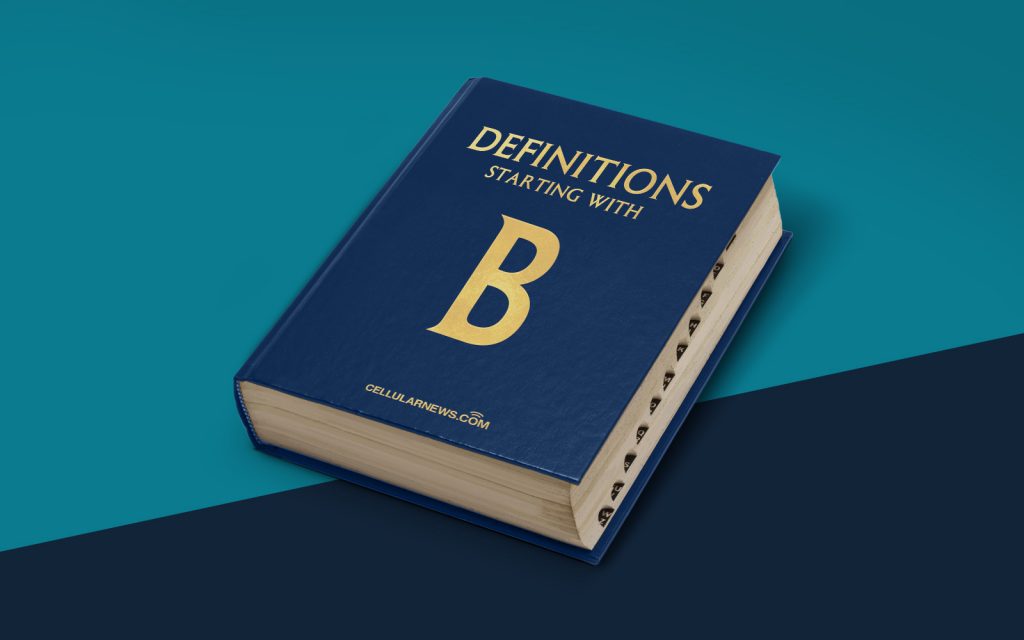
What is a Boolean Expression?
Welcome to our “Definitions” category, where we break down complex concepts into simple terms. Today, we’ll be exploring the fascinating world of Boolean expressions. If you’ve ever found yourself wondering what a Boolean expression is and how it influences computer programming, you’re in the right place. In this blog post, we’ll provide a clear definition, dive deeper into its importance, and discuss how it plays a role in everyday programming tasks.
Key Takeaways:
- A Boolean expression is a logical statement that evaluates to either true or false.
- Boolean expressions are extensively used in programming to make decisions and control program flow.
So, what exactly is a Boolean expression? In simple terms, a Boolean expression is a logical statement that evaluates to either true or false. It consists of various conditions, operators, and logical relationships that help us make decisions and control the flow of a program. The name “Boolean” stems from the mathematician and logician George Boole, who pioneered the field of Boolean algebra.
In programming, Boolean expressions allow us to express truth and falsehood in a way that computers can understand. They serve as the foundation for making decisions and controlling the behavior of our programs. By utilizing conditional statements, such as if and while statements, we can instruct our programs to execute certain actions only when specific conditions are met. This ability to analyze the truth or falsehood of expressions adds flexibility and logic to our code.
To create a Boolean expression, we often use comparison operators such as == (equal), != (not equal), < (less than), > (greater than), and their variations. We can also combine expressions using logical operators like and, or, and not, enabling us to evaluate multiple conditions simultaneously.
Here’s an example of a Boolean expression:
(age >= 18) && (hasLicense == true)
In this example, we’re using the comparison operator >= (greater than or equal to) to check if the variable “age” is greater than or equal to 18. We then combine this condition with the logical operator && (and), checking if the variable “hasLicense” is true. If both conditions are met, the expression evaluates to true, indicating that the person is eligible to drive.
Boolean expressions are not limited to just numerical or logical comparisons. They can also be used with strings, arrays, and other data types, offering a versatile tool for decision-making in programming.
Summing it Up
Boolean expressions are the building blocks of decision-making in programming. By evaluating conditions and returning true or false, these logical statements allow us to control the flow of our programs and make informed choices. Understanding how to construct and use Boolean expressions is crucial for every programmer, as they unlock the power to create dynamic and responsive applications.
Key Takeaways:
- A Boolean expression is a logical statement that evaluates to either true or false.
- Boolean expressions are extensively used in programming to make decisions and control program flow.
We hope this blog post has demystified the concept of Boolean expressions for you. Stay tuned for more informative content about programming concepts in our “Definitions” category!
